Happily, I am still working, contentedly distracted by the everyday routine instead of the woes of today’s world. As I approach an indefinite but nearing schedule for retirement, I contemplate that first year when I can fully enjoy the garden in spring, not only the few evening and weekend hours. Today, many have been forced to stay at home in these trouble times, and while I would not mind the few extra free hours, I am not yet ready to make the garden my full time obsession, so I joyfully arrive at the office each morning.
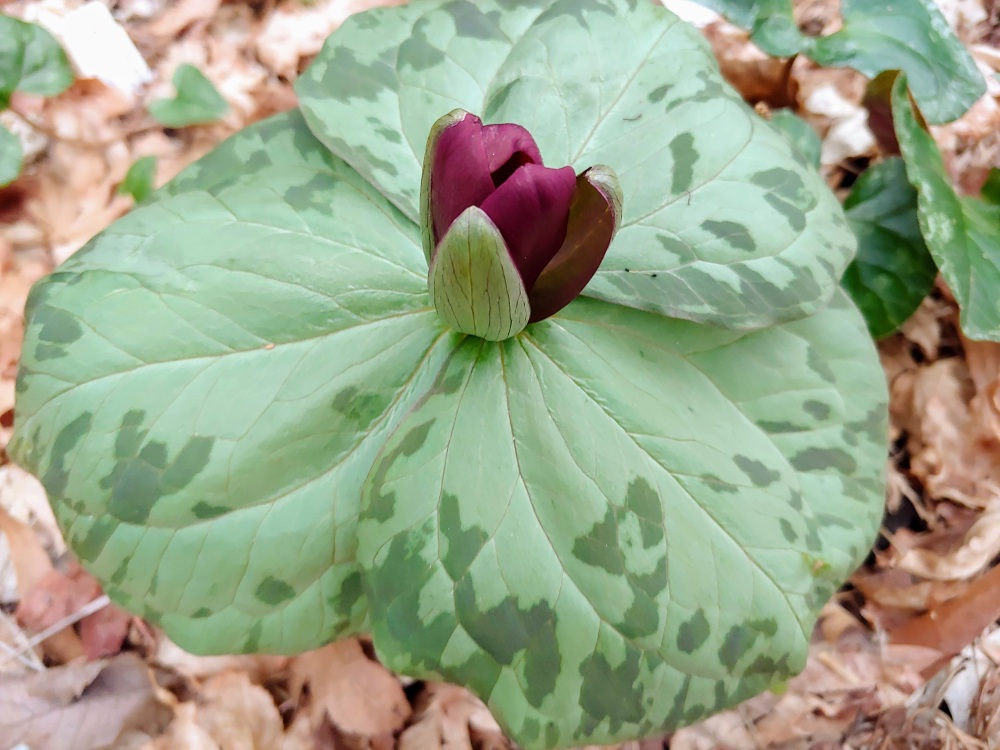
As usual, weekend mornings are spent in the garden and afternoons hiking. I am delighted that spring ephemerals have emerged in local forests (also in the garden), and unless more stringent limitations are enacted, my wife and I will soon be enjoying trilliums along the Appalachian Trail.
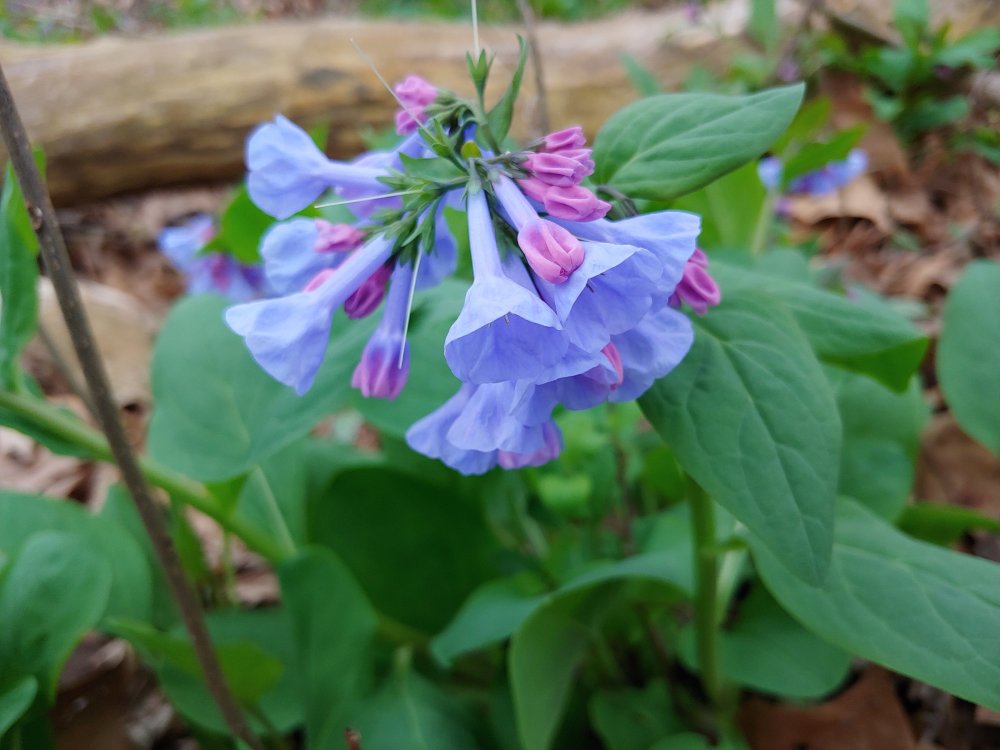
Local gardens or treks into the forest will find nothing more splendid than a wooded flood plain we stumbled upon yesterday, bordering a wide creek no more than two hundred yards from homes with the ground covered by Virginia bluebells (Mertensia virginica) . We are a week early for the peak bloom, so next week we’ll be back for another seven miles of trails bordered by Virginia pennywort (Obolaria virginica), cutleaf toothwort (Cardamine concatenata), bloodroot (Sanguinaria canadensis), and trout lily (Erythronium americanum, that are not yet flowering). All will be gone in several weeks, but how marvelous a welcome to spring.

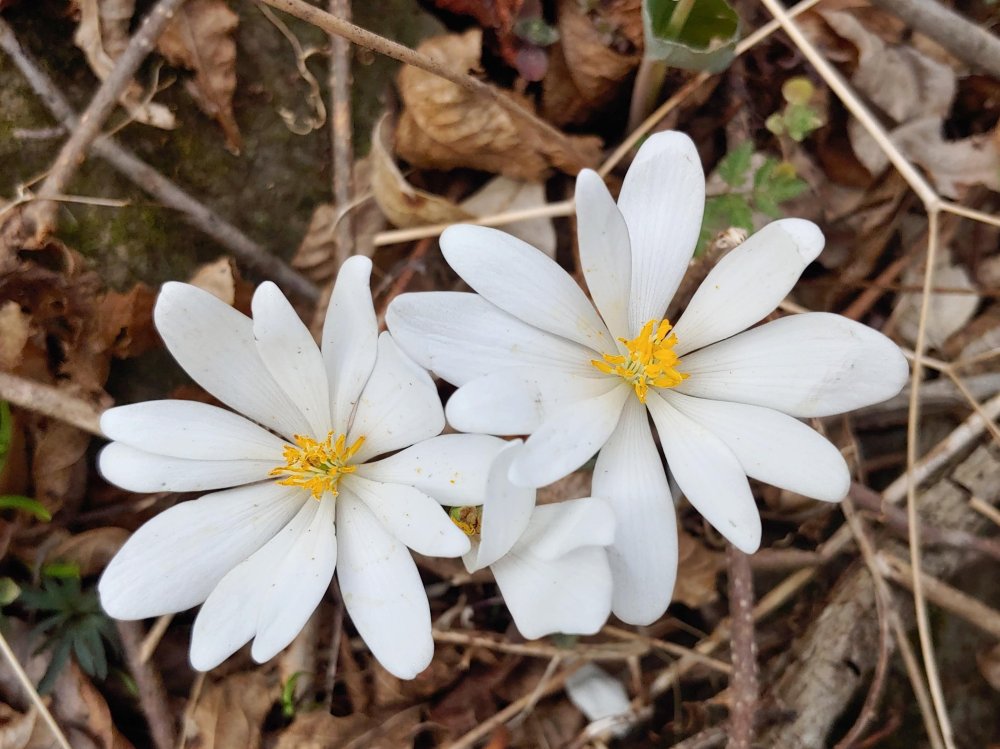

Back in the garden, rounded tips of native and relocated mayapples (Podophyllum peltatum) are emerging through the thick covering of leaves, and one Asian mayapple (below) already stands tall and brightly green. Pointed leaves of hostas rise several inches above the leafy cover, though several barely show their tightly furled leaves.

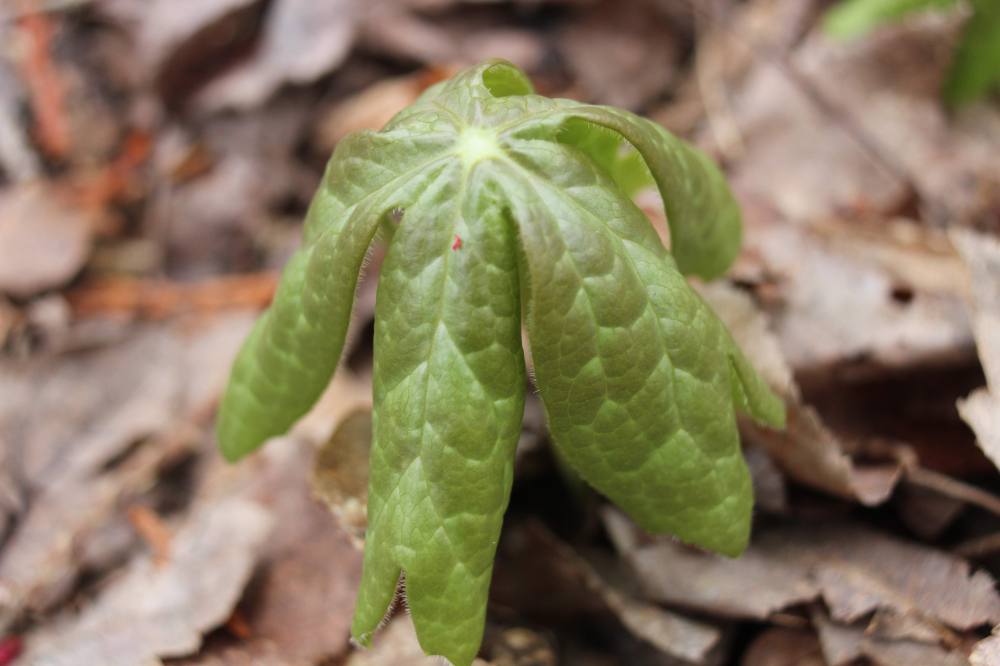
There is a single flowering spike from Allegheny spurge (Pachysandra procumbens, below) planted a year ago. This is a slower spreader than its Asian counterpart (Pachysandra terminalis), so I ask that it cover only a small area. The mottled color of its leaves is superior to the more vigorous pachysandra, but instead of serving the purpose to cover difficult ground, the native will be a curiosity.
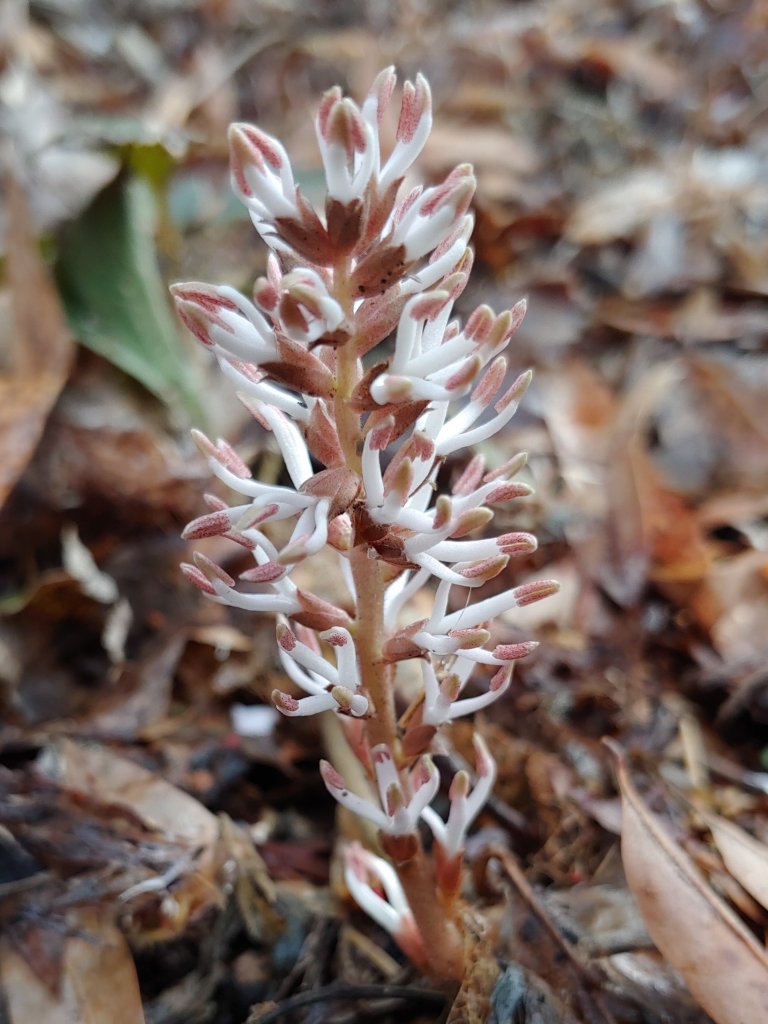
Please note: ALL HIKERS URGED TO STAY OFF THE APPALACHIAN TRAIL
(3/23/2020) To minimize the spread or contraction of COVID-19, the Appalachian Trail Conservancy is urging all hikers to stay away from the Appalachian Trail, whether for a day-hike, section-hike or thru-hike. Hikers currently on the Trail are asked to leave. To learn more about why we are making this unprecedented request, read our blog post Please Stay Off The Appalachian Trail.
I will hate to miss spring on the Trail, but I know several way out of the way trails that should not be crowded and should be open. Hopefully, there will be plenty of flowers along the way.
Beautiful flowers and lovely pics Dave! Stay safe! 😀
Your wildflowers look so . . . Eastern. Some are similar to the native here, and some are even of the same genera, but they look just like I imagine wildflowers should look there, even though I have never been there. Actually, when I see native toothwort her, it looks exotic to me, like something that was imported from the East.